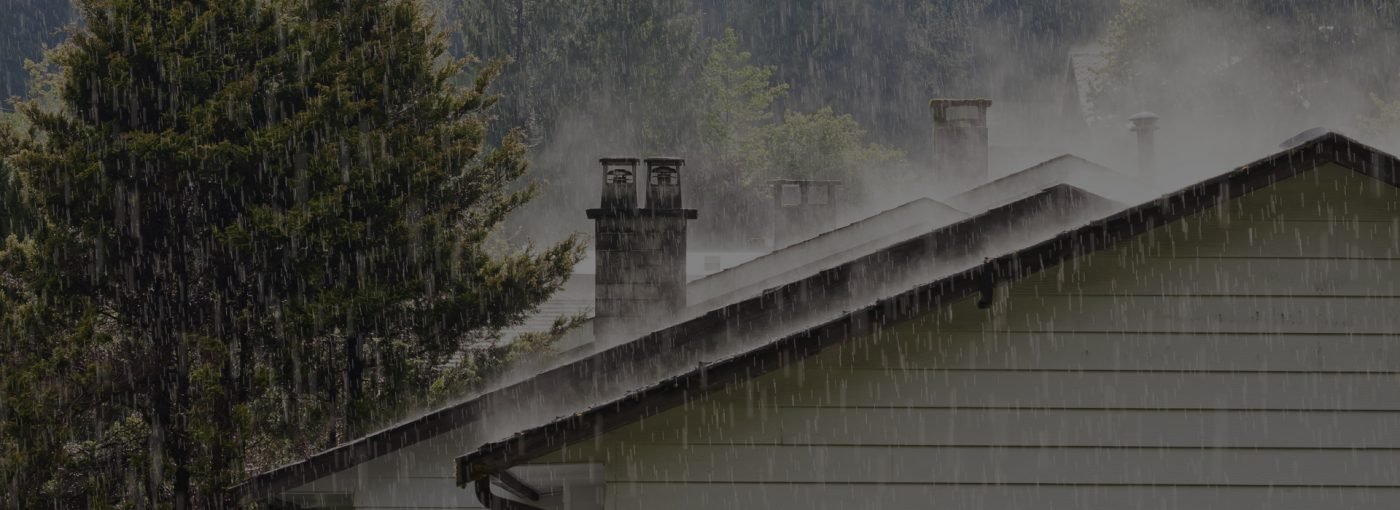Introduction
Roof preventative maintenance is essential for preserving the structural integrity of a building and avoiding costly repairs. Regular maintenance helps identify potential problems before they escalate into major issues, ensuring that the roof remains in optimal condition. Whether for residential, commercial, or industrial properties, preventative maintenance extends the lifespan of a roofing system and enhances its overall performance.
The Importance of Roof Preventative Maintenance
A well-maintained roof acts as a protective shield against harsh weather conditions, UV exposure, and environmental pollutants. Over time, roofs endure significant wear and tear due to temperature fluctuations, heavy rain, snow, and debris accumulation. Without regular inspections and upkeep, small damages can lead to serious structural problems, including leaks, mold growth, and insulation failure.
Roof preventative maintenance minimizes the risk of unexpected breakdowns and prolongs the roof’s durability. By addressing minor issues early, property owners can avoid expensive emergency repairs and premature roof replacements. Additionally, a properly maintained roof contributes to energy efficiency by preventing heat loss and maintaining stable indoor temperatures.
Key Components of Roof Preventative Maintenance
Preventative maintenance involves several key practices that help keep the roof in optimal condition. Regular inspections are the foundation of any maintenance plan, allowing for early detection of wear, cracks, or other vulnerabilities. Professional roofing contractors assess shingles, flashing, drainage systems, and underlying structures to ensure everything is intact.
Cleaning the roof and gutters is another essential aspect of maintenance. Leaves, dirt, and debris can accumulate over time, leading to clogged gutters and water pooling. Blocked drainage systems increase the risk of leaks and water damage. Regular cleaning prevents these issues and ensures proper water flow away from the roof.
Sealing and repairing minor damages is crucial for maintaining a watertight roofing system. Small cracks, loose shingles, or deteriorating flashing can develop into significant leaks if left unaddressed. Applying sealants and replacing damaged materials prevents water intrusion and strengthens the roof’s overall resilience.
How Roof Preventative Maintenance Prevents Damage
Routine maintenance protects the roof from various structural and environmental threats. Temperature changes cause roofing materials to expand and contract, leading to cracks and weakened surfaces. Regular inspections and timely repairs help roofs withstand these fluctuations without compromising their stability.
Moisture buildup is one of the most common causes of roof deterioration. Leaks, trapped condensation, and water infiltration weaken insulation and wooden structures. Preventative maintenance ensures that all potential entry points for moisture are sealed, preventing costly interior damage and mold growth.
Wind and storm damage can also compromise a roof’s durability. High winds loosen shingles, displace flashing, and create vulnerabilities that allow water to penetrate the structure. Preventative maintenance reinforces these components, keeping the roof secure during severe weather events.
Recommended Schedule for Roof Preventative Maintenance
A well-planned maintenance schedule is essential for keeping the roof in good condition. Inspections should be conducted at least twice a year, ideally in spring and fall. These routine checks allow property owners to identify winter damage and prepare for extreme summer conditions.
In addition to biannual inspections, roofs should be examined after severe storms, heavy snowfall, or high winds. Storm-related damages may not always be visible from the ground, making professional inspections necessary to assess any underlying issues.
Gutters and downspouts should be cleaned multiple times a year, especially during autumn when falling leaves can cause blockages. Proper drainage prevents water accumulation and reduces the risk of leaks.
Roof coatings and protective sealants should be reapplied as needed to maintain waterproofing and UV resistance. These coatings extend the roof’s lifespan by protecting it from weather-related deterioration.
Cost Savings and Long-Term Benefits
Investing in roof preventative maintenance is a cost-effective strategy that saves property owners from expensive repairs and replacements. Routine inspections and minor repairs cost significantly less than emergency leak repairs or full roof replacements. By catching issues early, maintenance prevents extensive structural damage that could result in major financial burdens.
A well-maintained roof also enhances property value. Homes and commercial buildings with durable, intact roofs attract buyers and tenants who seek secure and energy-efficient spaces. Preventative maintenance ensures that the roofing system remains an asset rather than a liability.
Energy efficiency is another key benefit of roof preventative maintenance. A roof in good condition provides better insulation, reducing heating and cooling costs. Proper sealing and ventilation prevent heat loss in winter and excessive heat absorption in summer, leading to lower energy bills.
Choosing Professional Roof Maintenance Services
Hiring professional roofing contractors for preventative maintenance ensures thorough inspections and high-quality repairs. Roofing experts have the experience and tools needed to detect hidden issues and implement effective solutions. They assess roofing materials, flashing, drainage systems, and insulation to ensure everything is functioning properly.
Professional maintenance services also include detailed reports that help property owners track the condition of their roofs over time. These reports document repairs, maintenance schedules, and recommendations for future upkeep. Having a record of maintenance activities can be beneficial when selling or insuring a property.
Conclusion
Roof preventative maintenance is essential for extending the lifespan of a roofing system, preventing costly damage, and improving energy efficiency. Regular inspections, cleaning, and minor repairs keep the roof in optimal condition and protect the building from leaks, structural deterioration, and weather-related damage.
By implementing a proactive maintenance plan, property owners can avoid unexpected expenses and ensure that their roof remains a reliable shield against environmental elements. Whether for residential or commercial buildings, investing in roof preventative maintenance is a smart decision that provides long-term benefits and peace of mind. for blog to visit our site ddnproperty.

